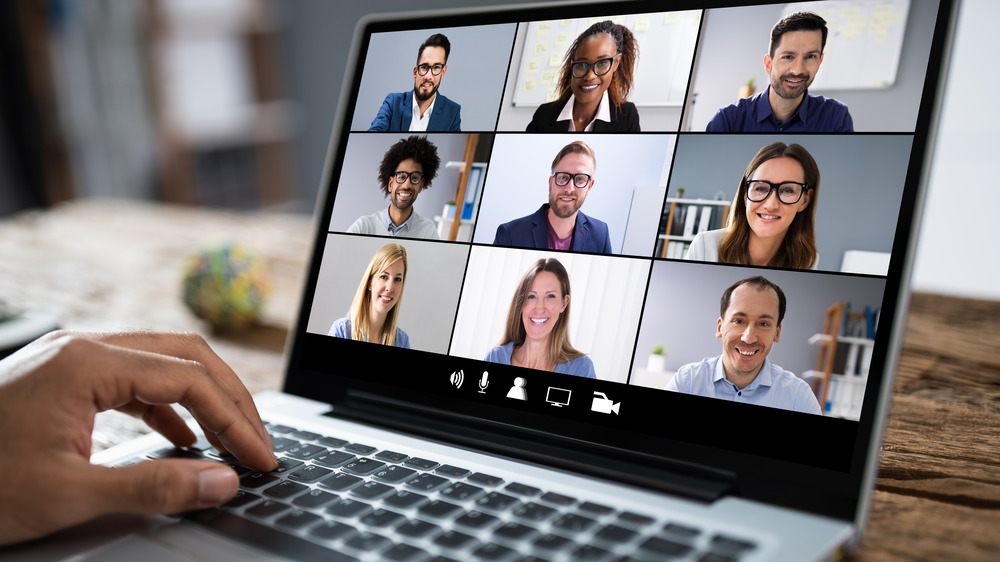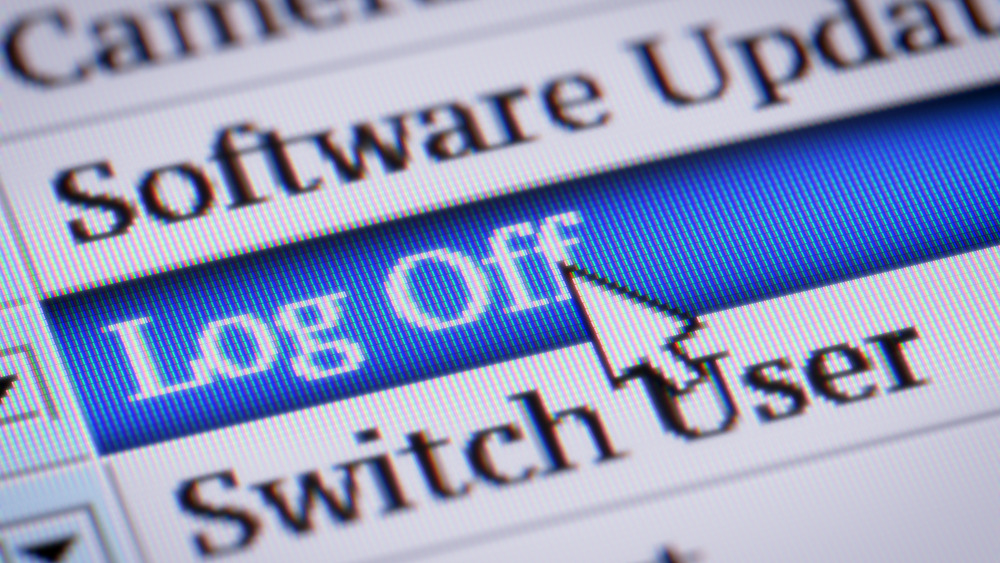What You Should Know About Zoom Fatigue
Ten months ago, if you asked people what "zoom" meant, they probably would've thought you were alluding to those catchy early 2000's Mazda commercials. But nearly one year into the global COVID-19 pandemic and Zoom, the videoconferencing service, has become a household name and quite frankly, a necessity for the modern adult.
In the early days of the pandemic, when countries around the world were urging their citizens to stay at home, when schools and business were shutting their doors, and people were advised to avoid socializing with each other in person, Zoom seemed to answer many of our questions, from "How will our kids learn?" to "How will we see our families who don't live with us?" and "What will become of those dreaded work meetings?"
While the first several Zoom happy hours may have seemed fun and helped combat the isolation and fear many were feeling, so many months later, people are now suffering from "Zoom fatigue." The term refers to the feelings of tiredness, anxiety, and dread from overusing videoconferencing platforms (via Psychology Today). To be fair, Zoom isn't the only culprit: Skype, FaceTime, Google Hangouts, and many other platforms have contributed to our fatigue.
Reasons video calls leave you feeling drained
Dr. Julianne Holt-Lunstad PhD, professor of psychology and neuroscience at Brigham Young University tells Healthline, "Throughout history, humans have had to read others' emotions and nonverbal cues to help us predict our environment and better navigate the world." Between technical glitches, poorly-positioned cameras barely showing a persons' face, and other factors, picking up on those nonverbal and emotional cues is exceedingly difficult.
Knowing when to speak in turn is also difficult, especially when the calls involve more people. Face-to-face, it is easier to discern when a person's talk is coming to an end. But in a videoconferencing setting, again riddled with technical glitches and delays, people often find themselves talking over each other or starting to talk at the same time, leading to frustration. Overall, videoconferencing requires more of us than we're used to giving in "normal" everyday life.
Grace Dowd, a therapist, tells Health, "When we're on a video call, there's an unspoken expectation that we give our full attention. When we're face-to-face or on the phone with loved ones, we are able to engage our brain in other activities, like folding laundry, going for a walk, or cooking dinner. We can break eye contact with the person while still using other non-verbals to communicate that we're listening." So it really comes as no surprise that this constant need to give our full attention, sometimes for hours on end, even to family and friends, ends up leaving us feeling drained and exhausted.
Some ways to combat Zoom fatigue
Some things you can do to help manage Zoom fatigue includes scheduling designated times each day without electronics, for some digital detox. Taking time to connect with nature and the outside world safely can leave you feeling recharged and grounded. You can also try simply calling family and friends on the phone instead of on anxiety-provoking video calls. In a sense, just kick it old school, and use the phone for what it was originally intended.
Another recommendation is staying connected in a more intentional way. Use the internet and different platforms to participate in a virtual book club or take a virtual exercise class. When there is an enjoyable and shared purpose to a call, it may seem less daunting. Playing virtual games is another way to stay connected with others while not necessarily having to stare at each other constantly.
The important thing is to be aware of how your digital use is making you feel. Remember, it is totally okay to take a break whenever you need to.



